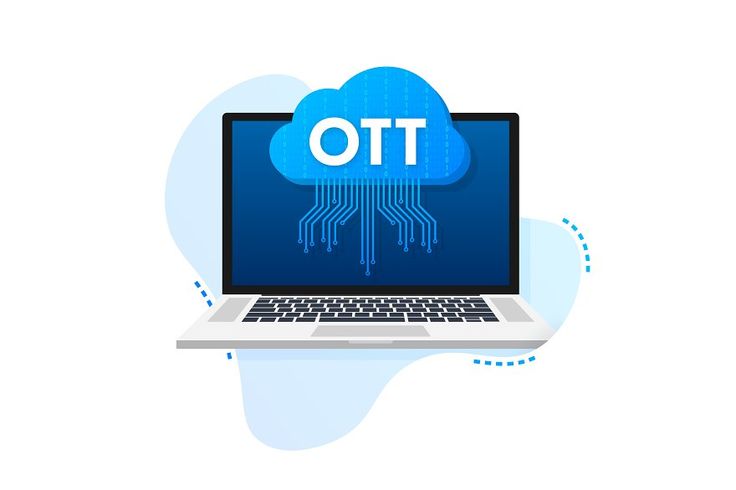OTT platforms have truly reshaped the entertainment industry while constantly shifting the dynamics of it. By offering a wide array of movies, TV shows, and original series, they have gained immense popularity. While this shift has empowered creators and consumers alike, it has also sparked discussions about the potential over-saturation of content. Today, in this article we shall analyse where OTT platforms are bombarded with content resulting in viewer fatigue or the wide array of content that allows a piece of content for different kinds of people.

The Rise of OTT Platforms
OTT platforms have revolutionised the entertainment industry, providing viewers with unprecedented access to diverse content anytime and anywhere. Netflix, Amazon Prime Video, Disney+, Hulu, and numerous other services have democratised content creation, allowing creators to bring their stories to a global audience without traditional broadcasting constraints. This phenomenon has led to a content explosion, raising valid concerns about quality control, viewer fatigue, and the ability of unique voices to stand out.
The Pros of Content Abundance
Diverse Choices
One of the key advantages of content oversaturation is the sheer variety available to viewers. OTT platforms have opened doors for different genres, languages, and cultures, allowing users to explore content that might not have found space on traditional mediums.
Also Read: RunwayML – lets your Imagination turn into Innovation!
Creative Freedom
The rise of OTT platforms has given creators the freedom to experiment with narratives, formats, and themes. This has led to the production of unconventional and thought-provoking content that often challenges societal norms.

Opportunities for Niche Content
Content over-saturation has also paved the way for niche genres and underserved audiences to find their own dedicated content. This inclusivity has allowed stories catering to specific interests and demographics to flourish.
The Downsides of Over-saturation
Quality vs Quantity
As the content landscape becomes more saturated, maintaining quality becomes a challenge. Some argue that the rush to produce content can lead to a decrease in overall quality, potentially diluting the value of storytelling.
Viewership Fatigue
The abundance of choices can overwhelm viewers, causing what is colloquially known as choice fatigue. Scrolling through endless options without finding something truly engaging can lead to frustration and disinterest.
Visibility Issues
With countless titles vying for attention, it becomes harder for exceptional content to stand out. Smaller productions and unique voices might struggle to gain the recognition they deserve amidst the noise.

PNGTree
Finding the Balance
Curation and Recommendation Algorithms
Platforms can counter oversaturation by investing in robust curation and recommendation algorithms. By tailoring suggestions to individual user preferences, platforms can help viewers navigate the sea of content more effectively.
Quality Control Measures
To maintain quality, platforms can implement stricter evaluation processes and allocate resources to support well-crafted productions. This could include a balance between original content and licensed material.
Promotion of Niche Content
OTT platforms can create dedicated sections for niche content, making it easier for users with specific interests to discover relevant shows and movies.

Creative Market
OTT platforms have undeniably reshaped the entertainment landscape, offering a wealth of options for viewers and a platform for creators to showcase their work. The question of content over-saturation is multifaceted, encompassing both benefits and challenges. Striking a balance between quantity and quality, catering to diverse tastes, and ensuring unique voices are heard will be essential as the industry continues to evolve. As long as platforms continue to adapt, innovate, and prioritise the needs of both creators and consumers, the era of content oversaturation can be navigated successfully.


